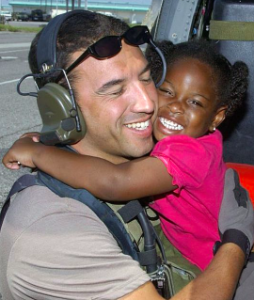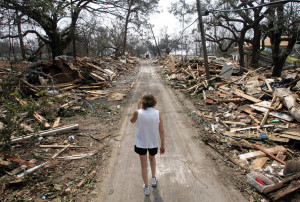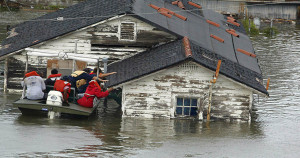The dog days of summer have arrived a bit earlier than usual on the Texas High Plains.
We’ve been simmering in 100 or near-100-degree weather for several days now. How’s it going with my fellow Panhandle residents? Not too well, based on some of the social media postings I have been reading of late.
Pardon me for snickering … just a bit. I promise I’ll be discreet. I won’t guffaw out loud.
Still, I must remind my many friends here just how bad it could be during this time of year. We could be living on the Texas Gulf Coast, where my family and I lived for nearly 11 years before my wife and I skedaddled to the High Plains in January 1995. Our sons were in college and were on their own.
I now shall inflict a brief version of a story I’ve told many times about life in what I call The Swamp.
It was around 1989. I was working in my yard. The temperature outside that summer day was just this side of 100 degrees.
The humidity? About the same. High 90s. I’m telling you, there’s nothing quite like the Gulf Coast heat/humidity combo that makes one appreciate cooler places and cooler times of the year. Our many friends who live between Beaumont and Corpus Christi know of which I speak.
I stopped working in my yard and went inside the house. I announced to my wife, “We’re going to the beach!” So, we gathered up our beach gear, threw it into our Honda Civic and peeled out for the coast.
We raced through Mid-Jefferson County then turned east, across the Sabine River that borders Texas and Louisiana and headed for our favorite spot on the coast.
Holly Beach, La., beckoned us. Hurricane Katrina and later Hurricane Rita in 2005 wiped out what passed for the “resort” there. On this day, though, it awaited us.
We drove our Honda onto the beach, we got out and raced to the water.
I plunged into the surf — and came up immediately and ran back out onto the sand! Why? The water was as stinkin’ hot as the ambient air. That’s why!
There was no refreshment to be found in the Gulf of Mexico that day.
OK, we stayed for the rest of the day. We rented inner tubes and lolled around in the surf. Why go back home when we’d made the effort to find some comfort in that oppressive heat?
The moral of the story?
Suck it up, my Panhandle neighbors and remember: It’s a dry heat.





